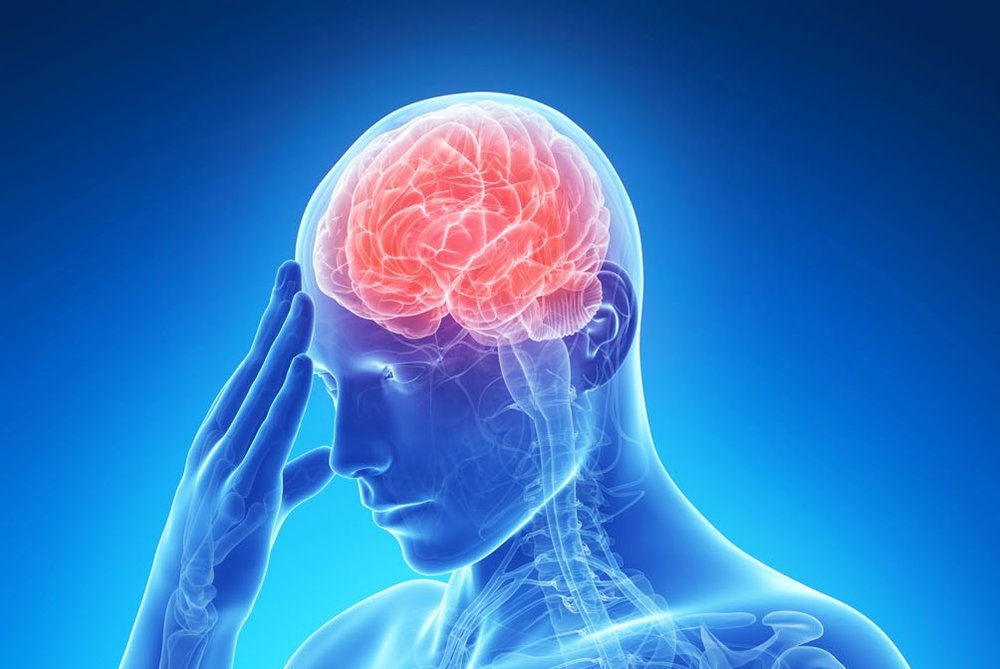New scheme saving lives of stroke patients in Iran

TEHRAN – Some 23 thousand people have been saved from stroke by a scheme titled “724”, a national health plan starting from August 2016 to control and treat stroke patients at 54 care centers, ISNA reported on Saturday.
The 7-day, 24-hour plan has been implemented by a collaboration among Health Ministry, Emergency Care Service, and insurance organizations. It contains “Sama Code” which expedites the process of identifying stroke patients as well as transferring them to hospitals and treating them.
Brain stroke is the second leading cause of death and disability in adults in Iran; however, as a non-communicable disease, it can be prevented by changing lifestyle and picking up a healthy diet.
Stroke: the second cause of death
Dr. Masoud Mehrpour, the director of “724” National Acute Stroke Treatment Plan says the incidence of stroke and its death rate has been increasing rapidly.
“15 years ago, acute stroke was the third leading cause of death in the world, but now it has become the second cause, and it is predicted that the number of victims will keep rising,” said Mehrpour in an interview with ISNA.
“Western countries have come up with new plans and treatments to reduce stroke victims. Now, stroke has declined from the second to 5th position among death causes in developed countries, but it has moved up to the second position in developing countries,” he said.
“In Iran, there are 150,000 to 200,000 strokes per year, one fourth of which occurs in people under 55, that is an alarming condition but unfortunately there isn’t enough awareness about stroke among people,” he said.
”724” scheme: key to treat acute stroke
The increased incidence of stroke was the main cause for development of “724” national plan, Mehrpour said, adding, the scheme was devised following the “247” plan which was targeted at heart diseases and was part of an initiative to fight non-communicable diseases.
Brain stroke is the second leading cause of death and disability in adults in Iran; however, as a non-communicable disease, it can be prevented by changing lifestyle and picking up a healthy diet. “Luckily, communicable diseases have been majorly controlled, but non-communicable diseases are gaining weight and need urgent attention,” said Mehrpour.
“There are two major kinds of stroke, ischemic and hemorrhagic. In an ischemic stroke a blood vessel becomes blocked, usually by a blood clot and a portion of the brain becomes deprived of oxygen and will stop functioning. Ischemic strokes account for 80% of all strokes.
A hemorrhagic stroke occurs when a blood vessel that carries oxygen and nutrients to the brain burst and spills blood into the brain. When this happens, a portion of the brain becomes deprived of oxygen and will stop functioning. Hemorrhagic stroke accounts for about 20% of strokes,” he said.
The “724” plan, he added, was devised for treatment of the ischemic stroke which is more prevalent.
Collaboration by Health Ministry, insurance and Emergency Care Service
“Following to consultations between Health Ministry and insurance companies, drugs for treatment of acute stroke are now covered by insurance and are available to the patients,” said Mehrpour.
“Another problem is that there is a short window of time for treating stroke patients, as they need to get proper treatment within 3 to 4 hours after being admitted, so as part of the plan, we negotiated with Emergency Care Service to provide the staff with proper training,” he added.
“Sama”, the saving code
“Sama code was created specifically for stroke patients. When this code is activated, the patients are directly sent to the hospitals with proper facilities for stroke patients, so that no time is lost for their treatment,” said Mehrpur.
“Currently, 54 centers around the country including 8 clinical-academic centers in Tehran provide treatment for stroke patients,” he said.
The final goal, however, he added, is to increase these numbers so that there would be one hospital with proper equipment in every city with more than 300,000 population.
Modern ambulances double the chances of saving stroke patients
“As time is the key factor in treating stroke patients, we have used air ambulances to provide care in remote areas as well,” said Mehrpour.
In some countries, he added, there are now ambulances equipped with CT scanner for rapid stroke treatment. The primary function of these ambulances is to allow the medics to perform a CT scan on the patient at the scene.
He said, “We are aiming to have these ambulances in Iran as well, but we haven’t succeeded yet.”
This is important, he said, because they will reduce care time by half which is critical in cities with heavy traffic such as Tehran.
Moments that save lives
According to Mehrpour, reducing the transfer time to the hospital is a key part of “724” scheme as many stroke patients don’t get to the care centers on time.
Surveys show that every extra minute in transferring such patients to the hospital prolongs the recovery process by days, said Mehrpour.
According to him, 90% of patients who arrive at the care centers on time receive proper treatment, but the average rate of stroke patients’ treatment stands at around 8%.
SJ/MQ/MG
Leave a Comment